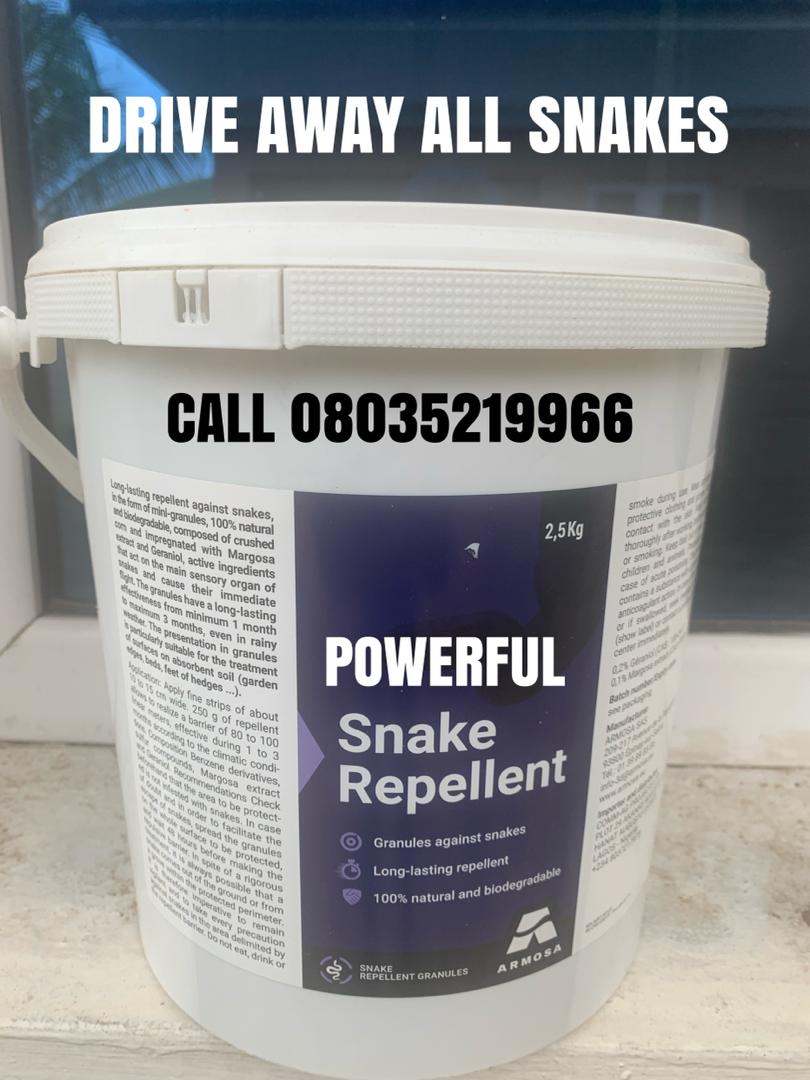🔥E- book offer of the day:👇🏽👇🏽
Poultry farming business report volume 3
21 nutrition basics for your catfish farming business
1. **High-Quality Feed**: Use a nutritionally balanced, high-quality feed designed for catfish species.
 Learn More
Learn More
2. **Protein-Rich Feed**: Opt for feed with a high protein content, often sourced from fish meal or soybean meal.
3. **Energy Sources**: Include energy-rich ingredients like grains or cereal by-products in the feed.
4. **Vitamins and Minerals**: Ensure the feed is fortified with essential vitamins and minerals for overall health.
5. **Floating Pellets**: Use floating pellets to monitor feeding behavior and prevent waste.
6. **Feeding Frequency**: Establish a consistent feeding schedule, typically 2-3 times a day, to meet dietary requirements.
7. **Moisture Content in Feed**: Check and manage the moisture content in the feed to avoid spoilage.
8. **Water Quality Management**: Maintain clean and well-aerated water to enhance fish health and digestion.
9. **Avoid Overfeeding**: Prevent overfeeding to minimize waste and maintain water quality.
READ ALSO 9 ways to quickly manage cash flow problems in your catfish farming business
10. **Temperature Considerations**: Adjust feeding amounts based on water temperature, as metabolism varies with temperature changes.
Take the opportunity to buy this ebook today. 👉 21 most important poultry diseases with prevention, control & treatment
11. **Fishmeal Quality**: Ensure the quality of fish meal used in feed to avoid contamination and ensure optimal nutrition.
12. **Supplemental Feeding**: Consider supplemental feeding with live or fresh feeds like earthworms or aquatic insects.
13. **Monitor Growth Rates**: Regularly assess the growth rates of the catfish and adjust feeding levels accordingly.
14. **Preventive Health Measures**: Implement biosecurity measures and preventive health strategies to minimize disease risks.
15. **Vaccination Protocols**: Follow recommended vaccination protocols to protect against common fish diseases.
16. **Adequate Aeration**: Install proper aeration systems to maintain optimal oxygen levels in the water.

17. **Water Temperature Control**: Maintain suitable water temperatures for the specific catfish species being farmed.
18. **Feed Conversion Ratio (FCR)**: Monitor and optimize the FCR to ensure efficient feed utilization.
READ ALSO 7 facts that are common with successful catfish farmers
19. **Harvesting at the Right Size**: Harvest catfish at the appropriate size to maximize market value.
20. **Avoid Toxic Substances**: Ensure the water environment is free from toxins and pollutants that may harm catfish.
ATTENTION: Click “HERE” to join our WhatsApp group and receive More updates directly on your WhatsApp!
21. **Regular Pond Maintenance**: Conduct regular pond maintenance, including cleaning and water quality checks, to ensure a healthy environment.
Consulting with aquaculture experts or fisheries professionals can provide tailored advice for your specific catfish farming conditions.
Purchase this compelling ebook instantly. 👉 20 questions to ask your poultry farm manager everyday
🧩CREATED BY DR JOSEPH DEJI-FOLUTILE















